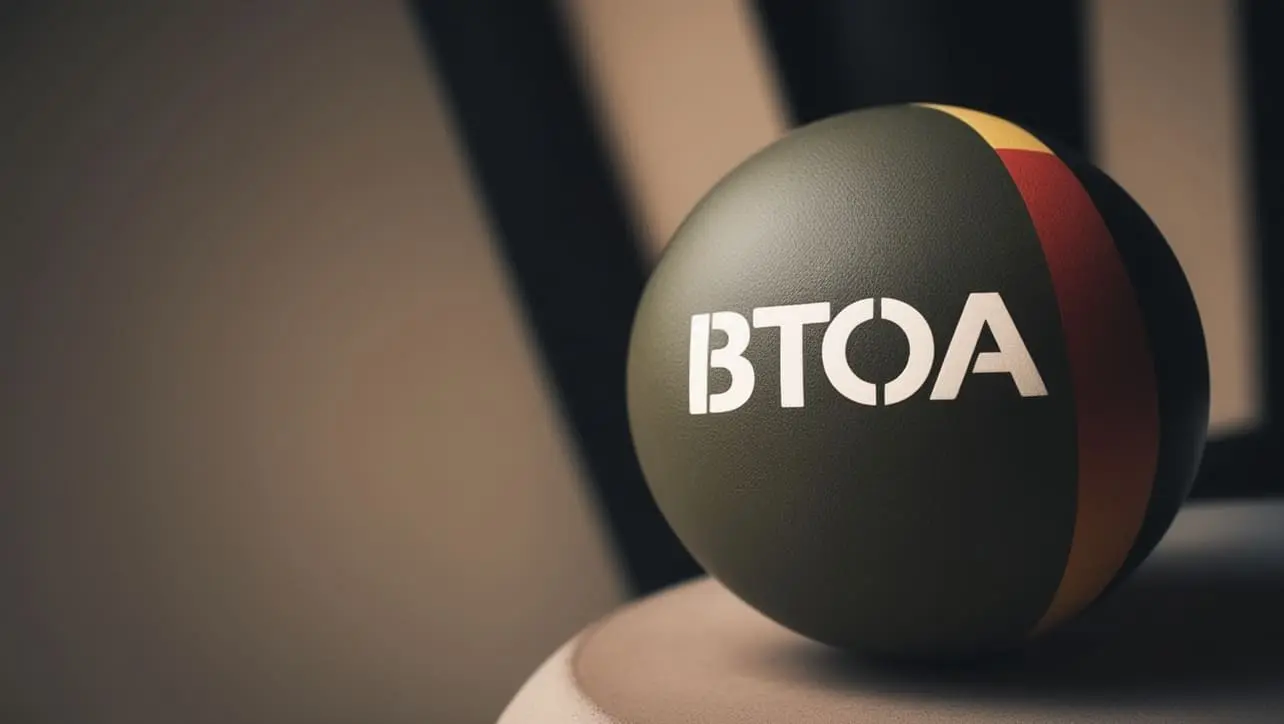
JavaScript Window btoa() Method

Photo Credit to CodeToFun
🙋 Introduction
The btoa() method in JavaScript, specifically associated with the Window object, offers a simple yet powerful utility for encoding binary data as a base64-encoded ASCII string.
In this guide, we'll delve into the syntax, usage, best practices, and practical applications of the btoa() method in the context of the Window object.
🧠 Understanding btoa() Method
The btoa() method is used to create a base64-encoded ASCII string from a "string" of binary data. It is commonly employed to encode binary data, such as images or binary files, into a format suitable for data transmission or storage.
💡 Syntax
The syntax for the btoa() method is straightforward:
window.btoa(string);- window: The Window object that provides the global context for the method.
- string: The binary data (a string of binary-encoded characters) that you want to encode.
📝 Example
Let's explore a basic example to illustrate the usage of the btoa() method:
const originalData = 'Hello, World!';
const encodedData = window.btoa(originalData);
console.log(encodedData);In this example, the btoa() method is used to encode the string Hello, World! into its base64-encoded representation.
🏆 Best Practices
When working with the btoa() method, consider the following best practices:
Data Validation:
Ensure that the input data is a valid binary string before using the
btoa()method to prevent encoding errors.example.jsCopiedconst binaryData = '110110001011011011011'; if (/^[01]+$/.test(binaryData)) { const encodedString = window.btoa(binaryData); console.log(encodedString); } else { console.error('Invalid binary data.'); }Error Handling:
Wrap the
btoa()method in a try-catch block to handle potential errors, especially when dealing with user-generated or external data.example.jsCopiedtry { const encodedString = window.btoa('BinaryData123'); console.log(encodedString); } catch (error) { console.error('Error encoding data:', error.message); }
📚 Use Cases
Image Data URL Generation:
One common use case for the
btoa()method is generating data URLs for images. This is particularly useful when embedding images directly into HTML or CSS.example.jsCopiedconst imageElement = document.getElementById('myImage'); const canvas = document.createElement('canvas'); canvas.width = imageElement.width; canvas.height = imageElement.height; const context = canvas.getContext('2d'); context.drawImage(imageElement, 0, 0); const imageDataURL = canvas.toDataURL('image/png'); const base64ImageData = imageDataURL.split(',')[1]; const encodedImageString = window.btoa(base64ImageData); console.log(encodedImageString);Secure Authentication:
The
btoa()method is sometimes used in conjunction with the XMLHttpRequest object for basic authentication by encoding the credentials in a base64 format.example.jsCopiedconst username = 'myUsername'; const password = 'myPassword'; const credentials = `${username}:${password}`; const encodedCredentials = window.btoa(credentials); const xhr = new XMLHttpRequest(); xhr.open('GET', 'https://api.example.com/data', true); xhr.setRequestHeader('Authorization', `Basic ${encodedCredentials}`); xhr.send();
🎉 Conclusion
The btoa() method provided by the Window object is a valuable tool for encoding binary data into base64 format in JavaScript applications.
By adhering to best practices and exploring diverse use cases, you can harness the full potential of the btoa() method in your JavaScript projects.
👨💻 Join our Community:
Author

For over eight years, I worked as a full-stack web developer. Now, I have chosen my profession as a full-time blogger at codetofun.com.
Buy me a coffee to make codetofun.com free for everyone.
Buy me a Coffee












If you have any doubts regarding this article (JavaScript Window btoa() Method), please comment here. I will help you immediately.